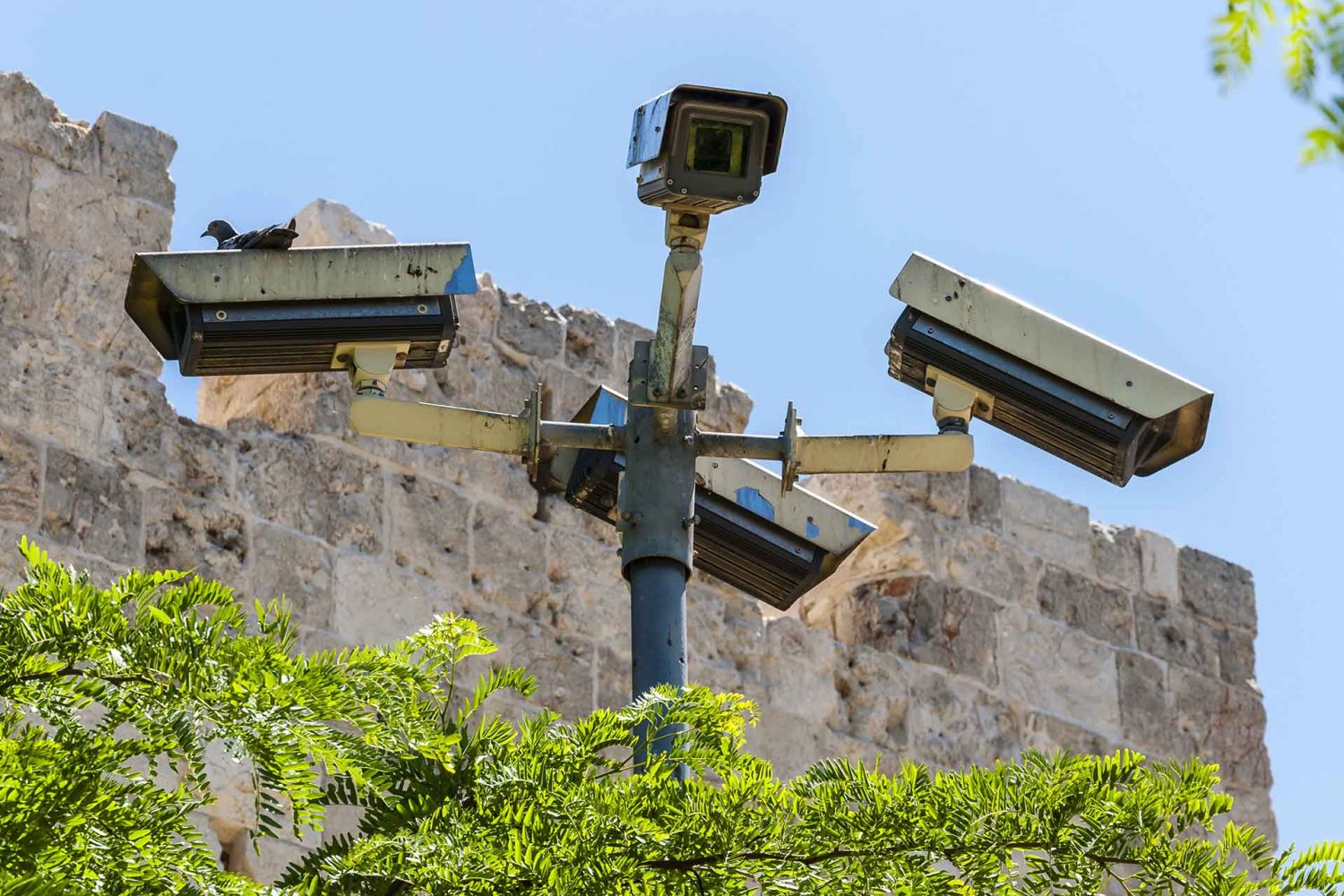Amnesty International has issued a report criticizing Israel’s use of surveillance technology around Jerusalem’s Old City to monitor and control Palestinians, and warning foreign companies supplying the equipment that they are in violation of international law.1
Israeli authorities have deployed over 1,000 cameras in the Old City, Amnesty International describes, with one-to-two cameras located every five meters in conjunction with video analysis technology. In the approximately two kilometers between the neighborhood of Sheikh Jarrah and Bab al-Amud leading into the Old City there is “blanket camera surveillance” recording Palestinians’ every move in this area targeted by Israeli settlers and the site of frequent demonstrations. The organization Who Profits reported in March 2022 that 400 CCTV cameras broadcast live feeds of Palestinian movements (there are few cameras in the Jewish Quarter of the Old City) directly to a central police control and command center.2 Cameras are installed on surveillance towers and on buildings occupied by settlers, pointing outward and down at Palestinian markets and homes.



